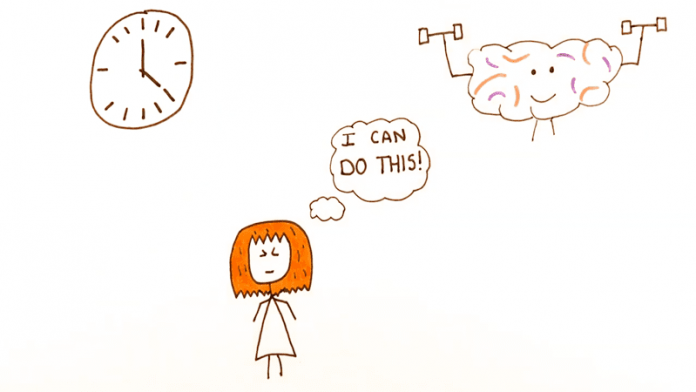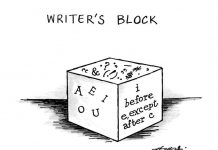There are a multitude of various approaches, methods and treatment currently available used to treat mental health conditions such as eating disorders. This article aims to focus on one such tool with key areas to be explored listed below.
- What is worry exposure?
- Worry exposure scenarios in anorexia
- Worry exposure hierarchy

What is Worry Exposure?
Worry exposure is pretty much exactly what it sounds like; it involves a process of imagining one’s worst fear. For example, a person with a fear of spiders might imagine having a spider crawling on them or a person with a fear of heights might imagine being stuck at the top of a very tall building.
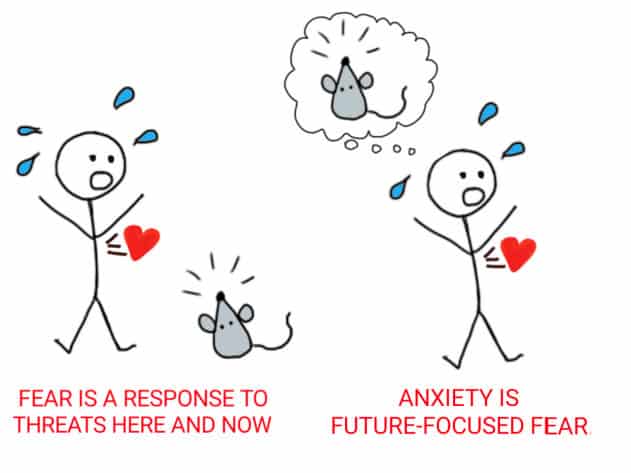
The primary idea behind such an approach is that it is often far better to one’s mental health and psychological well-being to face one’s fears head on and confront them rather than running away which only serves to keep the anxiety cycle going round.
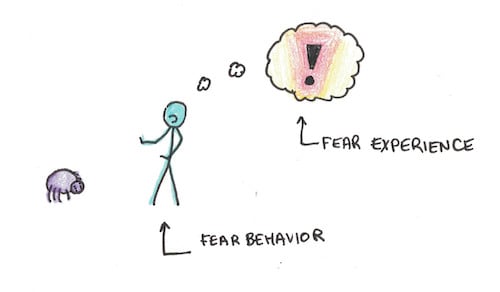
Worry Exposure Scenarios in Anorexia
When undertaking worry exposure it is important that the patient first thinks about the most frightening scenarios he or she can imagine and ones that are likely to lead to the patient getting well as opposed to remaining ill. In the case of anorexia the worry scenarios are often associated with gaining weight.

Samelson highlights the following scenarios as effective in worry exposure: gaining 10 pounds, being labelled as fat, being unable to wear normal sized clothes and being unable to stop eating. Scenarios within worry exposure are described as if they were occurring in them here and now, for example: “I am so obese that I can’t fit in this chair.”

Each scenario is written down and after is given an anxiety rating with one representing the least anxiety and five representing the most anxiety.
- What Is Aromatherapy Vs. What Are Essential Oils?
- What is La Tomatina in Bunol, Spain Like? What to Expect at the Famous Tomato Throwing Festival
Worry Exposure Hierarchy
Following the recording of an anxiety rating, each scenario is then written in order depending on the level of anxiety associated with each one. This is known as a worry exposure hierarchy where the scenario causing the individual the least amount of anxiety is placed at the bottom of the list and the one causing the most anxiety in placed at the top.
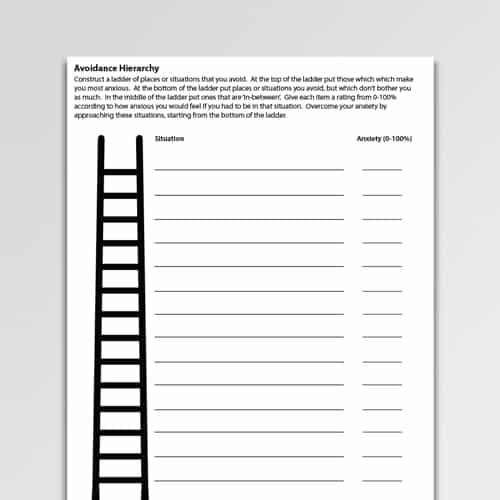
Next, each one is worked through in turn, beginning with the one that causes the least amount of anxiety and gradually building up to the one that causes the most amount of anxiety. Following this a story of what is happening behind the scenarios may be of further benefit.


